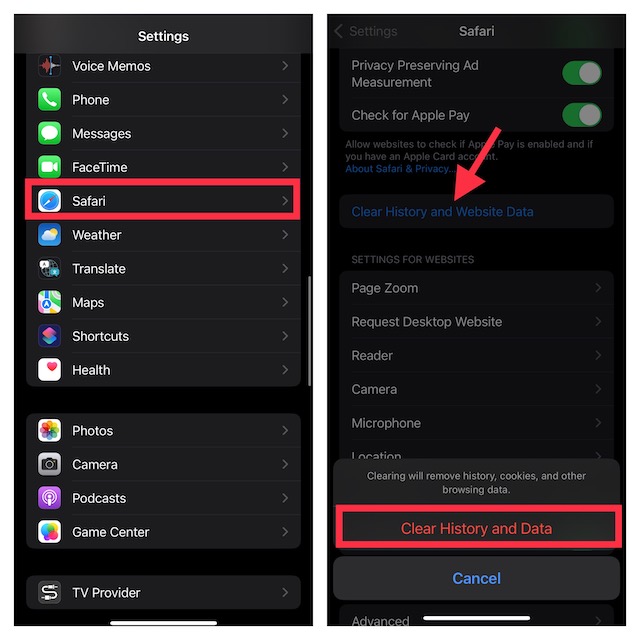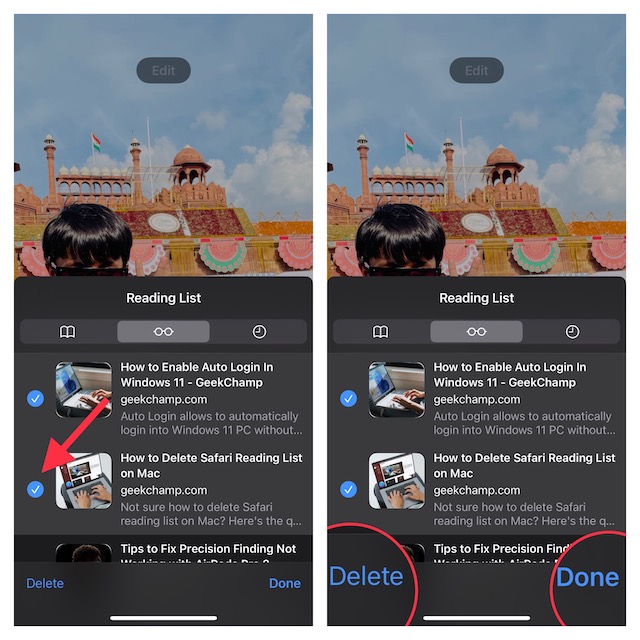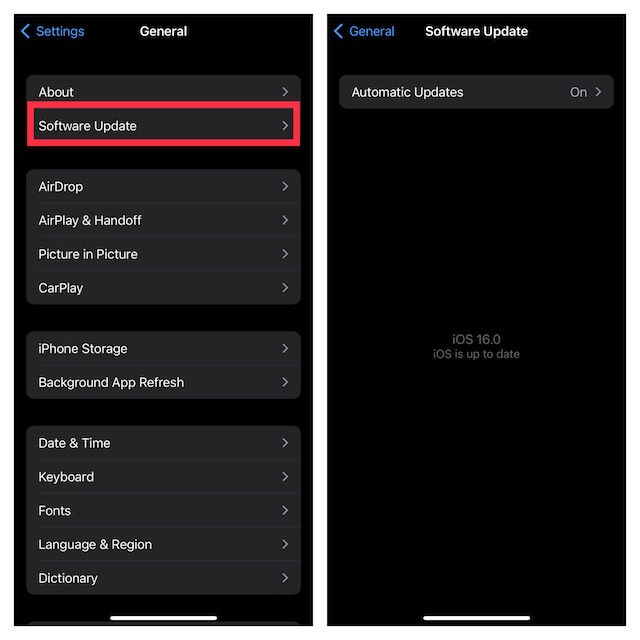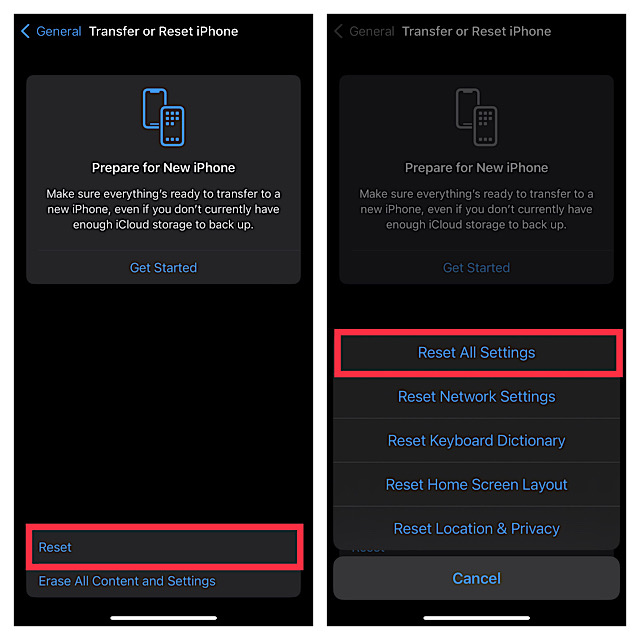Best Tips to Speed Up Safari on iPhone and iPad
Before moving ahead, let’s check out all the possible reasons why Safari tends to become slow.
Why is Safari So Slow on My iPhone and iPad?
Apart from an outdated version of the software, you can blame the pileup of cache and website data for the sluggish of Safari. If the browser hasn’t got a cleanup for a long time, the devil could be hidden just in there. That aside, you can also curse miscellaneous glitches for the sluggishness of the Apple browser. In this troubleshooting guide, we have offered solutions keeping in mind all the aforementioned culprits. Therefore, you can bank on these tips to let you speed up Safari.
1. Force Quit Safari
If Safari is freezing randomly or crashing time and time again, force quit the app. Yeah, that’s the first thing that you should do to fix an ill-functioning app.
On iPhone and iPad without the home button: Swipe up from the bottom of the screen. After that, hold along the middle of the screen to access the app switcher. Next, swipe up on the Safari app card to force kill the app.
On iPhone and iPad with the home button: Simply, double-press the home button to bring up the app switcher. After that, swipe up on the app card to force quit the Safari app.
Next, launch Safari and try to use it for some time to check if the issue is gone. If Safari has started to run smoothly, there is a good chance that you have gotten the better of the issue.
2. Hard Reset Your iPhone or iPad
You can also count on hard reset to let you fix many common iOS issues including the slow-moving Safari. Hence, make sure to give it a try without fail.
On iPhone 8/iPhone X or later and iPad without the Home button: Press and quickly release the volume up button on your device. After that, press and quickly release the volume down button. Then, hold down the side/top button until the Apple logo appears on the screen. On iPhone 7/7 Plus: Hold down the side button and the volume down button at once until the Apple logo appears on the screen. On iPhone 6s or earlier and iPad with the Home button: Hold down both the Home button and the side/top button until you see the Apple logo on the screen.
3. Clear Safari History and Website Data
It’s better to clean up Safari’s history from time to time to prevent the app from being cluttered. Therefore, get rid of the pileup of history and website data.
Open the Settings app on your iPhone or iPad. After that, scroll down and select Safari. Next, tap on Clear History and Website Data and confirm the action.
4. Clear Entire Safari Reading Lists
To let you catch up with your favorite stories later at your own pace, Safari allows you to save articles. Once you have read those saved articles, you should delete the reading lists. Else, they will not only clutter the app but also eat into the precious storage unnecessarily.
Launch Safari on your device -> tap on the tiny bookmark icon -> Edit at the bottom right corner of the screen -> select all the saved articles and then hit Delete to get rid of the saved articles.
5. Update Software on Your iPhone or iPad
If Safari continues to feel sluggish or does not run smoothly, try updating the software. If it’s been a while since you updated your iDevice, the outdated version of the software could be behind the whole issue.
Open the Settings app on your iPhone or iPad -> General -> Software Update. Now, allow the device to check for the software update. Next, download and install the latest version of iOS or iPadOS on your device.
6. Reset All Settings
Should the Safari slow-moving issue persist, I would recommend you factory reset your iPhone. The reason why I’m suggesting this radical solution is that it has worked for me on numerous occasions. Note that it will reset the entire settings, putting everything in the default state. But none of your media and data will be harmed.
Head over to the Settings app on your iPhone or iPad -> General -> Transfer or Reset iPhone/iPad -> Reset -> Reset All Settings. Next, enter your device passcode and confirm the action.
Fixed Slow Moving Safari on iOS and iPadOS
And that’s about! I guess Safari is back on track and has begun to run smoothly again. But before you take the browser for a long spin, make sure to share your feedback and the tips that have worked for you. You may also like to read:
How to Customize Safari Start Page in iOS 16 on iPhone and iPad How to Customize Strong Passwords in Safari on Mac How to Import Chrome Passwords to Safari on Mac




